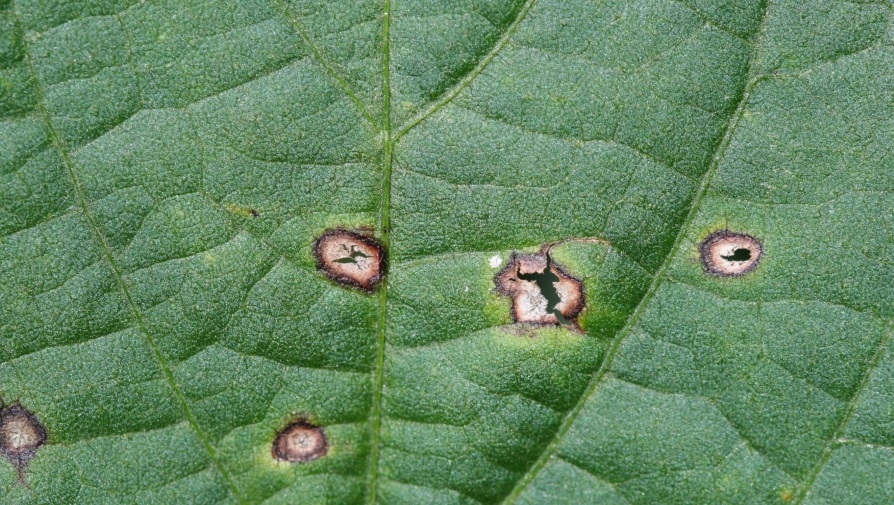Dow-DuPont Merger: A Lesson In Misdirection
In the movies, directors sometimes use a technique called misdirection to fool an audience. For example, in a horror movie, the main character will be fearful to open a closed door. But when they do, there’s nothing there. Instead, the monster leaps out from another hiding spot.
Something akin to this kind of misdirection took place last month in the crop protection products business. For many months now, there have been almost constant rumors regarding some of the so-called Big Six crop protection suppliers merging, acquiring or selling themselves to one another. In most of these stories, the names involved typically centered upon Syngenta, Monsanto and BASF. Each was supposedly or actually talking to another about such an acquisition scenario playing out. There were even a few rumors that the other members of the Big Six were involved with some the three already mentioned.
Then, almost out of the blue, the true merger reducing the Big Six to a Big Five was revealed — Dow Chemical Co., which owns Dow AgroSciences, and DuPont were entering into a merger of equals.
“This transaction is a game-changer for our industry and reflects the culmination of a vision we have had for more than a decade to bring together these two powerful innovation and material science leaders,” said Dow Chairman and CEO Andrew Liveris, in a released statement.
According to financial analysts, the combined Dow-DuPont would have market capitalization of more than $130 billion. But once combined, the company would quickly break itself up into three separate companies focusing on three core areas — performance materials and chemicals, nutrition and consumer products,
and agriculture.
According to information from Morgan Stanley, the combined Dow-DuPont’s agricultural group would have a very big impact on the crop protection and seed categories. In the crop protection sector, DowDuPont would control a 17% share of the global market sales, slightly behind Syngenta and Bayer at 21% and 20%, respectively. And as far as seed sales go in the U.S. market, a combined Dow-DuPont would own a 41% share in corn seed and a 38% in soybean seed, outpacing No. 2 Monsanto by 5% and 10%, respectively.
Some market watchers caution that the federal government might not approve such a deal between two corporate behemoths. However, if everything does go according to plan, it will most definitely be a game-changer for the crop protection suppliers marketplace. Undoubtedly, other members of the now Big Five will begin more aggressive talks with rivals about potential teaming up to form their own giant agricultural company to combat Dow-DuPont.
If this is the case, then it might not be long at all before the term “The Big Five crop protection companies” becomes as obsolete as “The Big Six.”






